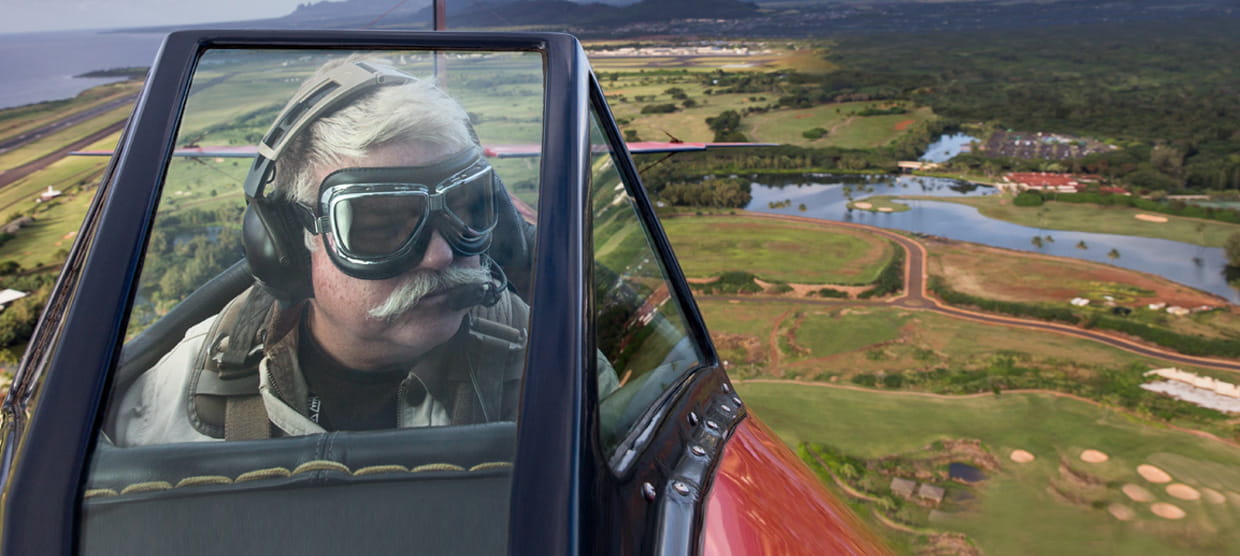Aircraft Renter's Insurance
Safeguarding Your Flights
Most pilots assume their FBO or flight school has insurance. But that insurance is to protect their interests, not yours. It may not protect you from a lawsuit if you injure someone or damage property. And if you're responsible for damaging that rental plane because of a hard landing or worse, the FBO and their insurance company may have the right to come after you to recoup the money they had to pay out to fix or replace it.
For as low as $95, you can protect yourself with Avemco Renter’s Insurance.*
- Liability coverage for bodily injury and damage to property.
- Optional Aircraft Damage Liability (ADL) coverage for damage to the non-owned aircraft caused by your negligence.
- No deductible, ever.
- No policy cap on legal defense fees for covered claims, even if you are sued for more than your liability limit.
- No blanket FAR exclusions.
- Up to $5,000 for necessary medical expenses.
Types of Aircrafts Covered By Avemco:
Every pilot's journey is unique, and so is their choice of aircraft. Avemco’s renter's insurance policy is designed to cater to a wide array of aircraft types.- Cessna
- Piper
- Beechcraft
- Diamond
- Mooney
- And more!


